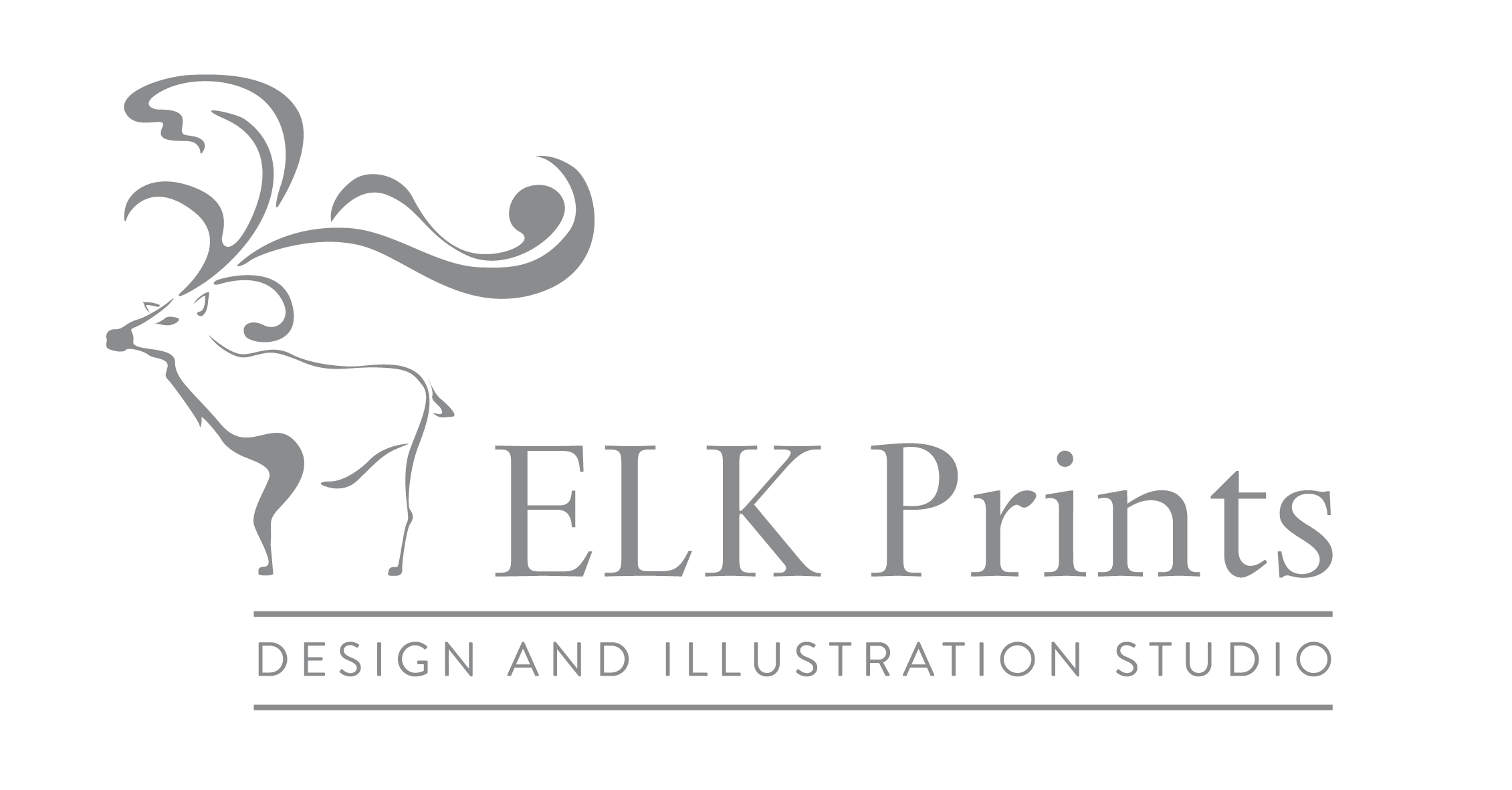3.4 City as Symbol

“A city is a state of mind. More than a mere collection of buildings and streets, it embodies the ideas of progress, of betterment, of success, of construction, but, as a matter of course, also their Siamese-twin mirror companions – failure, disappointment, tragedy, hopelessness and destruction. For all its false promises the metropolis is as seductive as ever.” (Biswas 2000; p.5)
The city itself may sometimes be seen as a symbol in itself, not just as a gathering point for symbols. The name ‘Paris’ is in itself able to act as a symbol for sophistication, style and romance. Our imagined understanding of it as a place to find ‘chic’ fashion, art and fine food combine to create a symbolic image of what ‘Paris’ is. It is both a physical image as expressed by its architecture and streetscapes and an imagined image as expressed in the myth of romance and style it conveys.
Raymond Ledrut defines this further, where he puts forward the notion of the ‘City as Symbol’ arguing that the meaning of the city lies in its image. This is an image that speaks for itself without need of interpretation. The image of the city is never one of pure symbol, but instead it is composed of numerous signifiers and signifieds, a complex mesh of different symbols, meanings and interpretations which comprise an overall ‘image’ of the city (Ledrut 1973; p.222). Or as Resina and Ingenschay put it, we understand the city in terms of the image it creates, our perceptions of it, not just as a visual image but rather the breadth of visuality that incorporates the mental understanding, spatial information and metaphors that it conveys (Resina and Ingenschay 2003; p.xi-xii). When we discuss cities we are often discussing them in terms of the images that they evoke, and these images are just as important in how we define a city as the structural form it takes.
